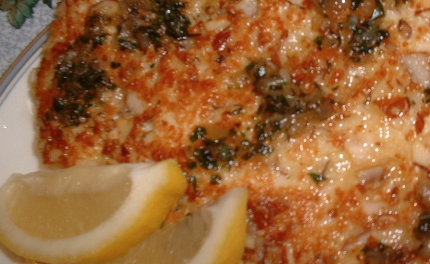For many years, apple cider vinegar has been linked with an array of health benefits, according to an article in Medical News Today.
These have ranged from aiding weight loss to relieving cold symptoms. But does taking it help people with diabetes?
The majority of the health claims around apple cider vinegar have yet to be supported by clinical research. However, evidence has been emerging to suggest that apple cider vinegar may have certain benefits for the management of type 2 diabetes.
This article will discuss the research behind this claim and how apple cider vinegar should be taken, if at all.

What is apple cider vinegar?
Apple cider vinegar derives from cider or fresh apples and is produced after a slow process that breaks down sugars.
Vinegar can be made from nearly any carbohydrate. Apple cider vinegar is derived from cider or freshly pressed apple juice.
Like most vinegars, apple cider vinegar is produced after a slow process spanning several weeks or months in which sugars are broken down.
Mother of vinegar is a cobweb-like substance made from yeast and bacteria that builds up during this period. Mother of vinegar gives the vinegar a cloudy appearance and it is only present in unfiltered apple cider vinegar. It is thought to boost the vinegar’s nutritional value.
However, most vinegar is pasteurized. This heating process kills bacteria but prevents mother of vinegar from forming.
Apple cider vinegar and diabetes
In 1980, there were around 108 million people with diabetes worldwide. Its prevalence has increased greatly over the past few decades to an estimated 422 million. Diabetes is a chronic condition marked by an inability to manage blood sugar levels appropriately.
The hormone responsible for regulating blood sugar levels is called insulin. People with type 1 diabetes are unable to produce this hormone. People with type 2 diabetes are unable to produce enough insulin or respond appropriately to the hormone.
People can also develop a related condition known as prediabetes. This is where an individual may have blood sugar levels that are high, but not yet high enough to be diagnosed with diabetes.
Developing methods that help the body to regulate blood sugar levels efficiently is the most effective strategy in managing diabetes. Maintaining a healthful, balanced diet and regular exercise are crucial lifestyle factors that can help to achieve this.
Some evidence also suggests that consuming apple cider vinegar may be useful in helping people with diabetes to control their blood sugar levels.
One study demonstrated that apple cider vinegar reduced blood sugar levels and had a positive impact on cholesterol in rats with and without diabetes.
Type 2 diabetes
Studies suggest that a small amount of apple cider vinegar may help to reduce blood sugar levels after a spike following a meal high in carbohydrates.
In humans, researchers have looked at how consuming apple cider vinegar alongside a meal high in carbohydrates affected blood sugar levels in participants who had type 2 diabetes, prediabetes, or neither condition.
Meals high in carbohydrates typically cause a spike in blood sugar levels immediately after eating. However, less than an ounce of apple cider vinegar significantly reduced blood sugar levels across all three groups following the meal, compared with the consumption of a placebo drink.
Another study in patients with type 2 diabetes compared apple cider vinegar with water. The authors found that consuming 2 tablespoons of apple cider vinegar with a cheese snack before bedtime was enough to significantly lower blood sugar levels the following morning.
This finding suggests that apple cider vinegar could also help to reduce fasting blood sugar levels. This refers to blood sugar levels after 8 hours without eating or drinking anything except water. Fasting blood sugar levels serve as a baseline measure of a person’s blood sugar levels.
It is thought that a component of apple cider vinegar called acetic acid may slow down the conversion of complex carbohydrates into sugar in the bloodstream.
This provides more time for sugar to be removed from the bloodstream, allowing the body to keep blood sugar levels constant and limit spikes. This is also a theory underlying the effects of several different diabetes drugs.
Type 1 diabetes
While consuming apple cider vinegar could help people with type 2 diabetes control their blood sugar levels, it could be harmful to those with type 1 diabetes.
The inadequate digestion of food is a common complication for people with diabetes. Called gastroparesis or delayed gastric emptying, it means that food can remain in the stomach for an abnormally long period of time without being digested.
These delays in the digestive process make it harder for the body to consistently control blood sugar levels. A team of Swedish researchers found that apple cider vinegar increased the time in which food remains undigested in stomach of people with type 1 diabetes.
It is important to note that a majority of the studies within this area have been conducted using small sample sizes and findings have not always been consistent.
A large-scale, randomized control trial to find out how apple cider vinegar affects blood sugar levels in patients with diabetes has yet to be conducted.
Any impact that apple cider vinegar might have on the regulation of blood sugar levels is likely to be relatively small compared with maintaining a healthful, balanced diet and regular exercise.
Based on the available evidence, apple cider vinegar could help people with type 2 diabetes to control their blood sugar levels. More research is needed for large-scale recommendations. Its consumption in moderation has yet to be linked with any significant harms or side effects.
How is it consumed?
Apple cider vinegar may be consumed diluted in water or used in marinades and salad dressings.
People who wish to consume apple cider vinegar are best diluting 1 to 2 tablespoons of apple cider vinegar in a large glass of water. It should be consumed before meals and there may be benefits associated with consuming it just before bedtime.
As with most vinegars, it is not recommended to consume undiluted apple cider vinegar. When drunk on its own, it can cause stomach irritation or damage to tooth enamel.
Apple cider vinegar can also be used as a versatile cooking ingredient. It is suitable for use in salad dressings, marinades, sauces, and soups. It works well with many meats and fish.
People are most likely to see the distilled varieties of apple cider vinegar on sale, which has a clear, see-through appearance. However, it is better to search for the unfiltered, cloudier varieties as they contain mother of vinegar and are more nutritious.
Summary
People with type 2 diabetes may want to consider diluted apple vinegar cider given that it is safe to consume and may provide some benefit to blood sugar level control. However, the evidence behind its benefits is still lacking.
It is important for people to note that apple cider vinegar should not be considered a quick fix for diabetes. Eating a balanced diet low in carbohydrates, high in fiber, and exercising regularly are the most effective methods of controlling diabetes.


















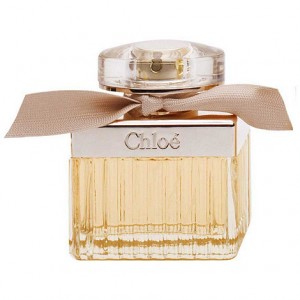










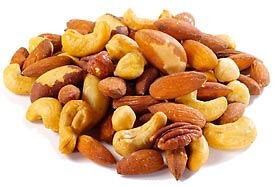
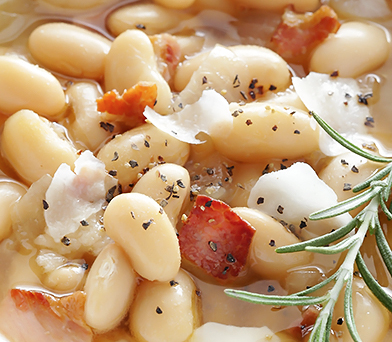

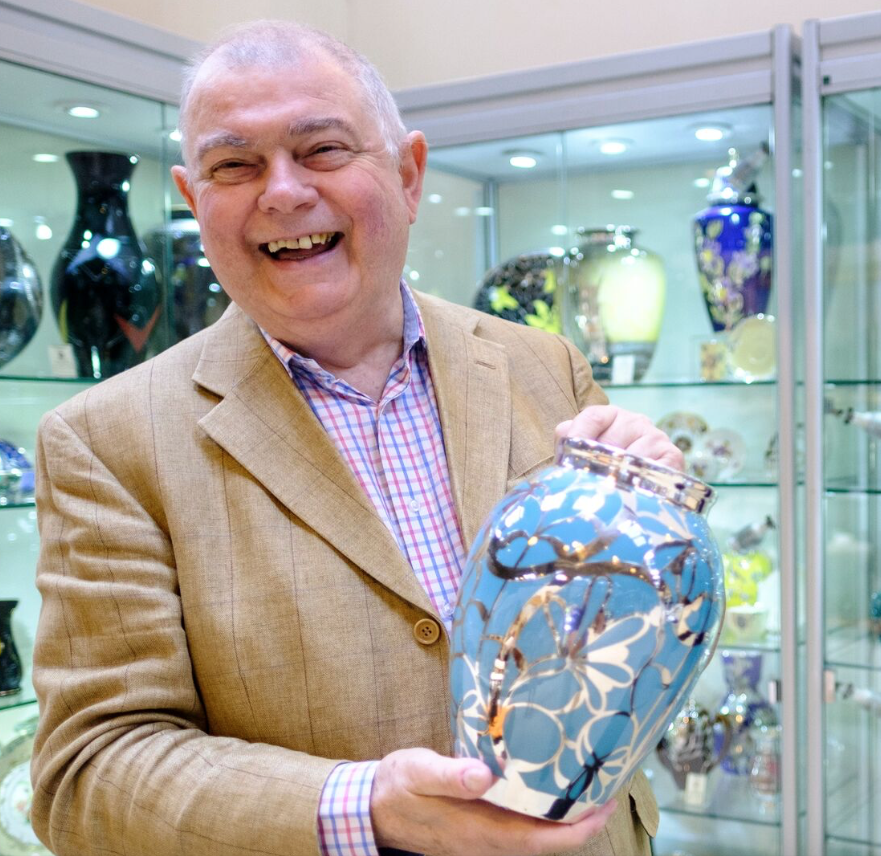
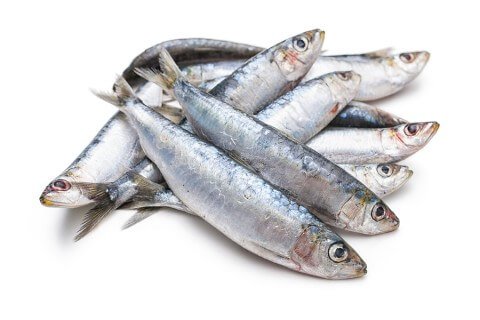
 Elderly
Elderly



